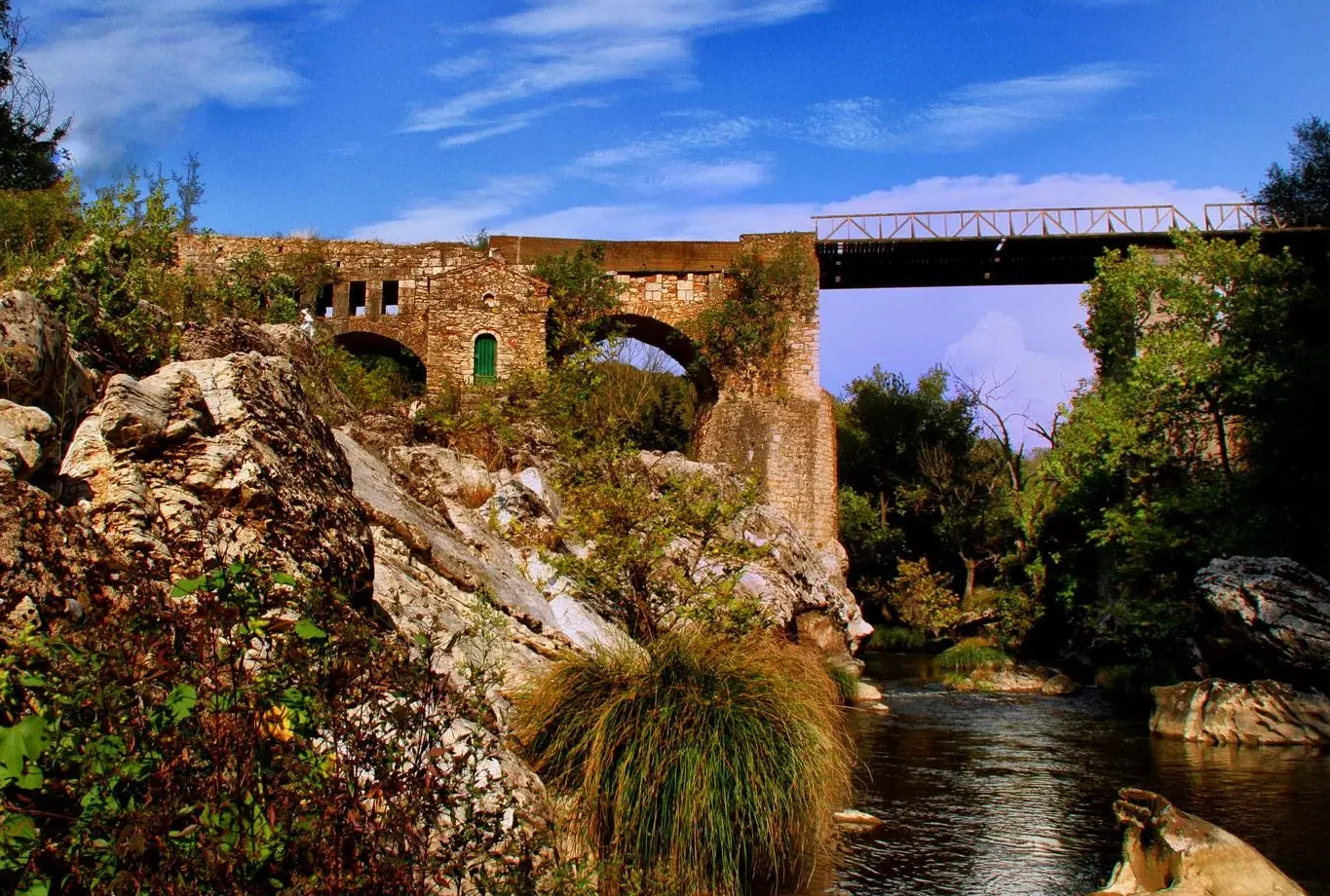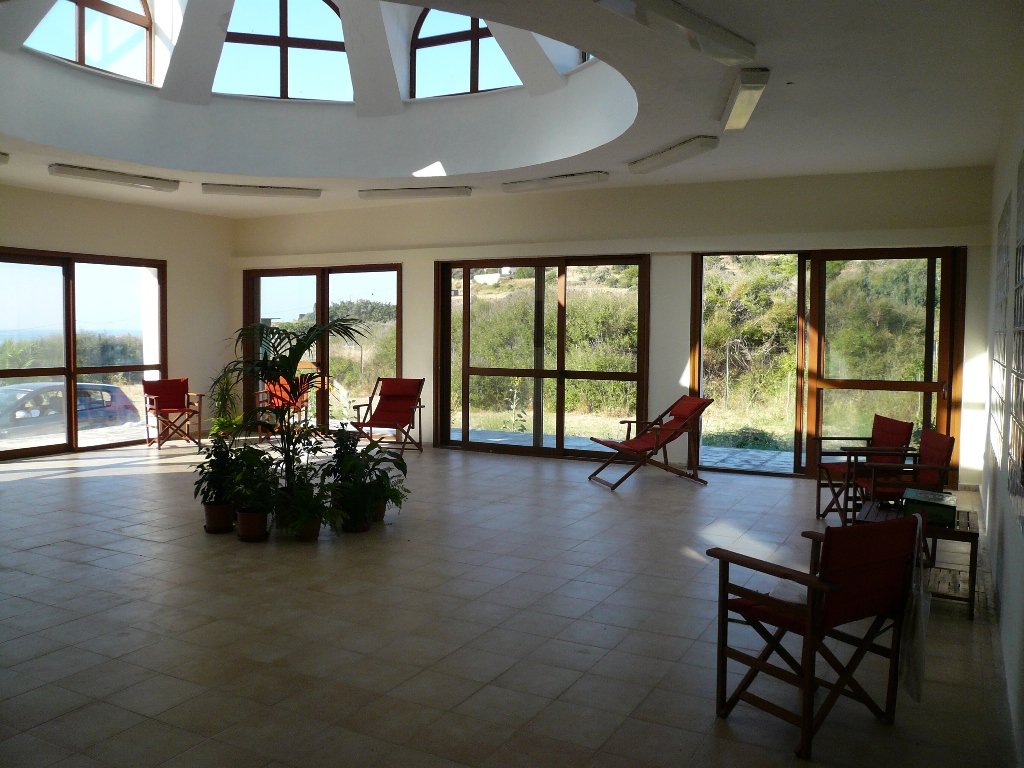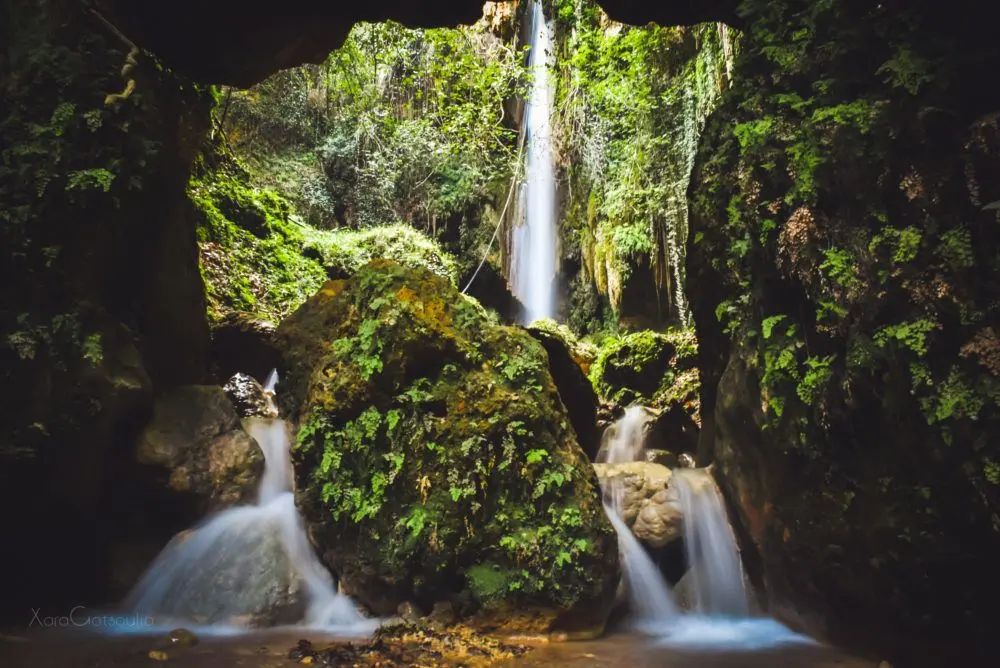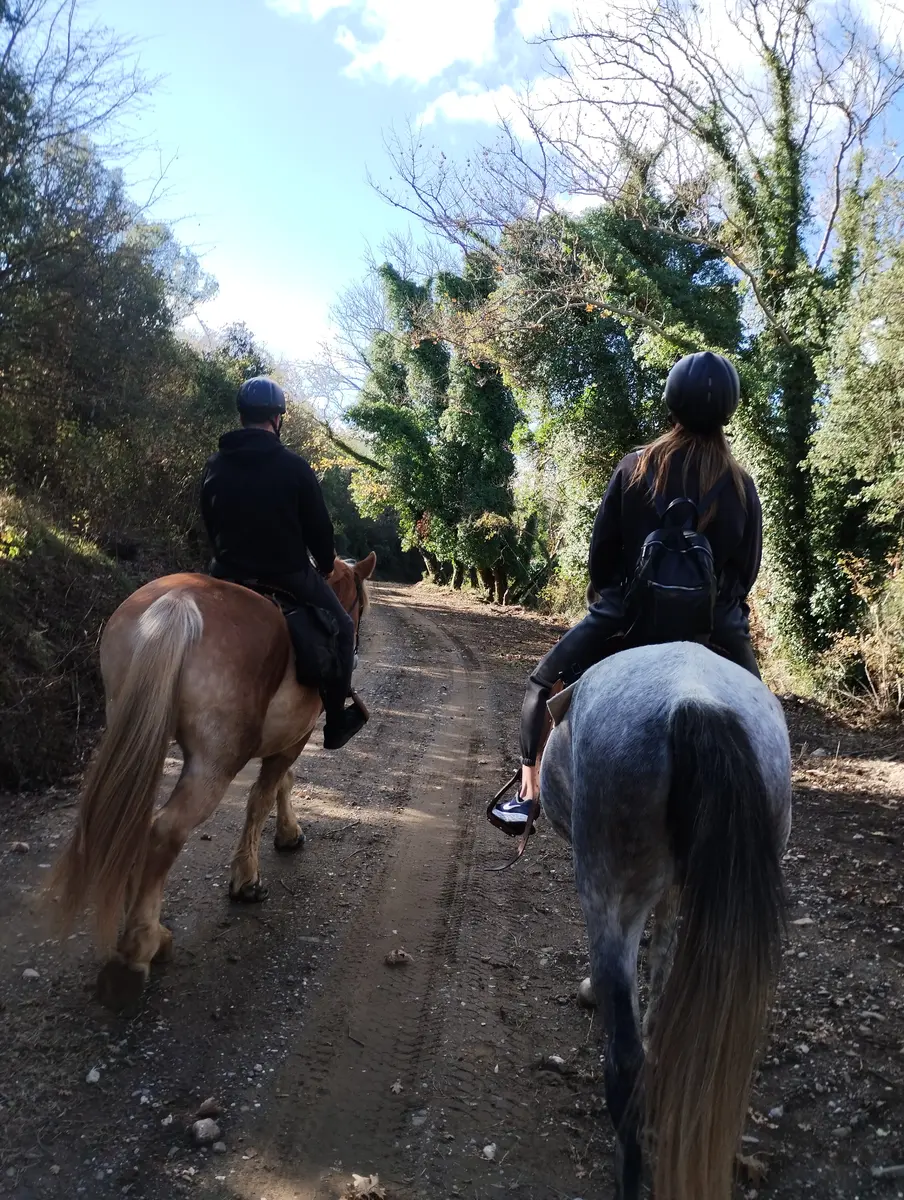For many, the old five thousand note evokes a special nostalgia, and not without reason. This banknote depicted the emblematic bridge of Karytaina, a living legend of the Peloponnese that has stood for centuries over the Alpheus River. The bridge is not just a passage; it is a witness to history, tradition and endurance, connecting time with place and exuding something sacred and indestructible.
The bridge of Karytaina, also known as the "Bridge of Alpheus" (or the bridge of 5000 drachmas), was built in the 13th century from local stones and played a key role in the trade and defense of the region. Its five arches connected Karytaina with the surrounding areas, serving merchants, soldiers and travelers, while the bridge also functioned as a checkpoint, near the castle of Karytaina, which dominated the area.
The castle, built in 1245 by the Frenchman Geoffrey de Bruyères, was intended to control the plain of Megalopolis and the trade routes between Eastern and Western Peloponnese. During the Revolution of 1821, Karytaina and the bridge gained even greater importance. Theodoros Kolokotronis recognized the strategic position of the area and built his house here, while the castle-city remained in Greek hands, even during Ibrahim's invasion of the Morea.
Today, only the outer walls of the castle still stand, creating a stone lace on the top of the hill, while the view from the castle towards the Alfeios gorge is magnificent. In the village, it is worth visiting the churches of Agios Nikolaos, Zoodochos Pigi, and the chapel of Panagia below the castle.
The bridge of Karytaina and its castle remain living witnesses of the past, of an era of legends and history, inviting you to discover their charm and feel the presence of time and endurance in each of their stones.









